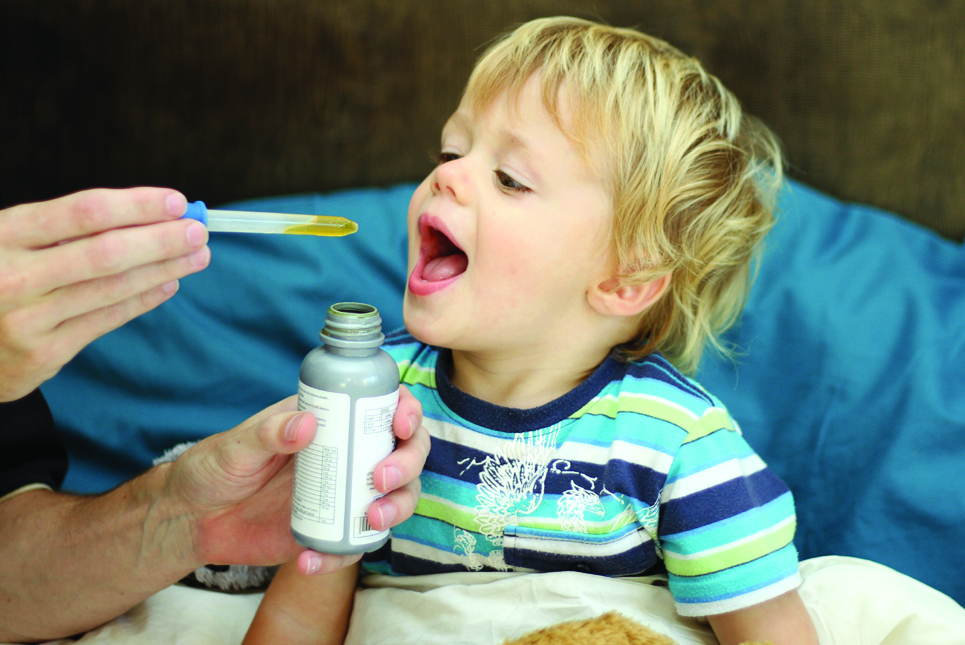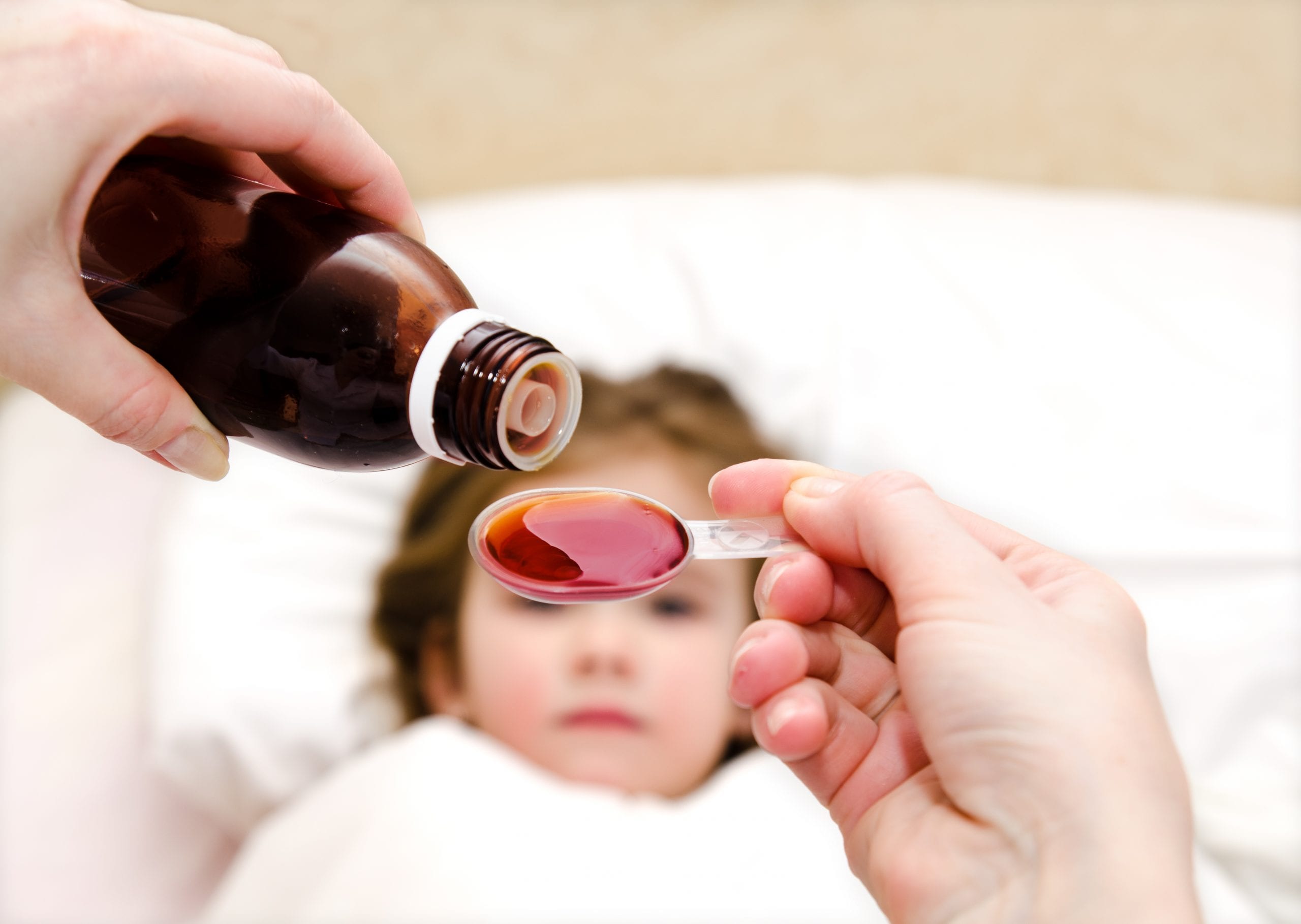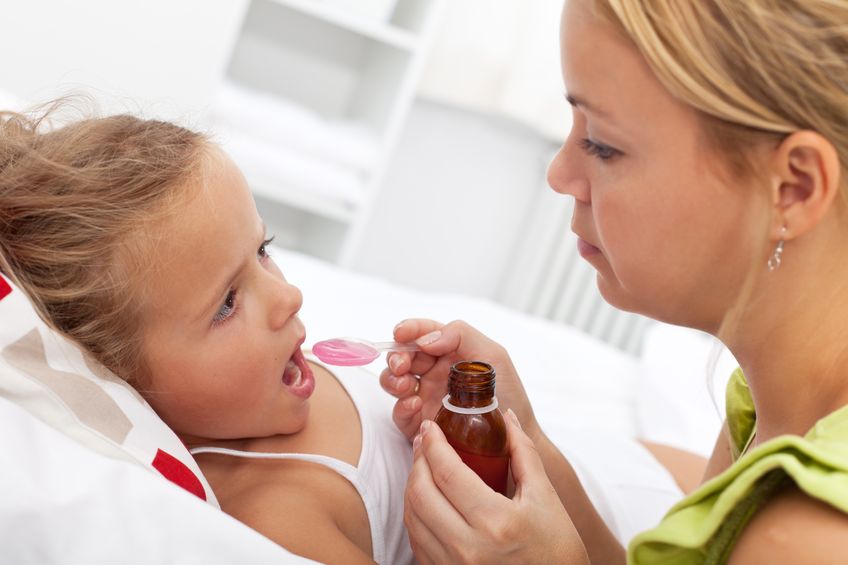Is Oral Gel Safe For Babies

Introduction
Is Oral Gel Safe For Babies: Oral gel to babies is a common practice for soothing teething discomfort, yet safety considerations are paramount. Oral gels formulated specifically for infants typically contain mild anesthetics like benzocaine or lidocaine, aimed at numbing the gums to alleviate pain. However, the safety of these ingredients, particularly benzocaine, has been scrutinized due to potential adverse effects, including methemoglobinemia—a condition that reduces the oxygen-carrying capacity of blood.
Despite their widespread use, pediatricians often advise caution with oral gels, emphasizing the importance of using them sparingly and under professional guidance. Parents should meticulously follow dosage instructions and avoid excessive application to prevent unintended ingestion or overdose. Furthermore, monitoring for any signs of allergic reactions or adverse effects is crucial, prompting immediate medical attention if observed.
Alternatives to oral gels, such as teething rings or gently massaging the gums with a clean finger, offer safer options for teething relief. Consulting with a pediatrician before introducing any teething remedy, including oral gels, is highly recommended to ensure the chosen method aligns with the baby’s health needs and mitigates potential risks. Prioritizing safety and informed decision-making can help navigate the complexities of managing teething discomfort in infants.
Is it safe to use teething gel on babies?
But the U.S. Food and Drug Administration (FDA) warns against using any sort of topical medication to treat teething pain in children, including prescription or OTC creams and gels, or homeopathic teething tablets. They offer little to no benefit and are associated with serious risk.
This cautionary stance stems from concerns about the potential harm these products may pose to infants. The FDA advises parents to avoid products containing benzocaine, lidocaine, or any other numbing agents for teething pain relief, as these substances can cause methemoglobinemia, a rare but potentially life-threatening condition that reduces the oxygen-carrying capacity of the blood. Additionally, homeopathic teething tablets have been found to contain inconsistent amounts of active ingredients and may pose a risk of toxicity or adverse effects.
Instead of relying on topical medications or homeopathic remedies, the FDA recommends safer alternatives for teething pain relief. These include using teething rings or toys made of solid rubber or silicone, which babies can chew on to massage their gums and provide relief. Parents can also gently massage the baby’s gums with a clean finger or offer chilled (not frozen) teething rings or washcloths for the baby to gnaw on.

What age can babies have oral gel?
For babies 3 months and older, suffering from discomfort due to teething and sore gums, these gels provide an instant cooling sensation. Baby Orajel Non-Medicated Cooling Gels are benzocaine free. They are also free of: artificial colors, menthol, sugar, parabens, belladonna, sodium lauryl sulfate, gluten, and dairy.
Furthermore, the absence of artificial colors, menthol, sugar, parabens, belladonna, sodium lauryl sulfate, gluten, and dairy in these gels reflects a commitment to safety and quality. Parents can feel confident knowing that they are using a product free from potentially harmful additives and allergens, minimizing the risk of adverse reactions in their little ones.
With their non-medicated formula, these cooling gels offer a gentle and natural approach to teething relief, providing peace of mind for parents who prioritize safety and effectiveness. By choosing Baby Orajel Non-Medicated Cooling Gels, parents can support their baby’s comfort during the teething process while maintaining confidence in the product’s safety and integrity.
What is the best oral gel for baby?
Orajel™ Kids Teething Gels do not contain any benzocaine and are the #1 pediatrician recommended teething brand†. Not only that, but they are free of artificial colors, menthol, gluten and sodium lauryl sulfate!
Furthermore, the absence of artificial colors, menthol, gluten, and sodium lauryl sulfate enhances the appeal of Orajel™ Kids Teething Gels for parents seeking natural and gentle options for their little ones. These formulations prioritize safety and purity, aligning with the preferences of health-conscious consumers who prioritize transparency and ingredient integrity.
The endorsement of pediatricians further reinforces the trustworthiness of Orajel™ Kids Teething Gels as a reliable solution for managing teething discomfort in infants and toddlers. With their commitment to safety, efficacy, and quality, Orajel™ Kids Teething Gels continue to be a trusted ally for parents navigating the challenges of teething with their little ones.
What are the effects of teething gel?
However, many case reports have highlighted potential risks and toxicity associated with lidocaine-based teething gels when used in infants and young children, including seizures, respiratory arrest and death.
Seizures, respiratory arrest, and even fatalities reported in association with lidocaine-based teething gels serve as stark reminders of the need for heightened awareness among healthcare providers and parents alike. The risk of lidocaine toxicity is particularly concerning in infants, whose smaller size and developing physiological systems may increase susceptibility to adverse reactions.
As a result, healthcare professionals often advocate for alternative methods of teething relief, such as chilled teething rings, gentle gum massage, or over-the-counter pain relievers specifically formulated for infants. These options offer safer alternatives to lidocaine-based teething gels while still providing effective relief from teething discomfort.
How much teething gel is too much?
MedSafe says to rub a pea sized amount of gel to the affected area no more than every three hours and not to use it more than six times in 24 hours. “You can overdose your baby by applying too much gel or using it too often.”
It’s essential for parents to understand that exceeding the recommended dosage or frequency of application can increase the risk of systemic absorption of the active ingredients in the gel, potentially leading to complications such as methemoglobinemia or allergic reactions. Therefore, strict adherence to the dosing instructions is paramount to mitigate these risks and ensure the safety of the baby.
Furthermore, parents should be vigilant in monitoring their baby for any signs of discomfort or adverse reactions after applying the oral gel. If any concerning symptoms arise, such as excessive crying, difficulty breathing, or changes in skin color, parents should seek immediate medical attention.
What are the potential risks associated with using oral gel for babies?
Using oral gel for babies, particularly those containing benzocaine or lidocaine, poses potential risks that parents should be aware of. One primary concern is the risk of methemoglobinemia, a condition in which the oxygen-carrying capacity of the blood is reduced, leading to symptoms such as pale or grayish skin, shortness of breath, and fatigue. Benzocaine, a common ingredient in oral gels, has been associated with cases of methemoglobinemia, especially when used excessively or inappropriately.
Another risk is the potential for allergic reactions or sensitivity to the ingredients in oral gel. Babies may develop rashes, swelling, or itching at the application site, indicating an adverse reaction that requires immediate medical attention. Additionally, there is a risk of accidental ingestion of the gel, which can lead to gastrointestinal upset, nausea, or vomiting.
Parents should also be cautious about the long-term effects of frequent or prolonged use of oral gel. While occasional use may be safe under supervision, excessive reliance on oral gels to manage teething discomfort could mask underlying issues or delay the development of coping mechanisms for pain.

Are there safer alternatives to oral gel for soothing teething discomfort in babies?
Yes, there are several safer alternatives to oral gel that parents can consider when soothing teething discomfort in babies. One popular option is teething rings or toys made of rubber or silicone, which babies can chew on to massage their gums and alleviate pain. These teething aids are designed to be safe for babies to gnaw on and can provide relief without the potential risks associated with oral gels.
Another alternative is gently massaging the baby’s gums with a clean finger. The pressure from massaging can help soothe sore gums and provide temporary relief from teething discomfort. Parents can also offer chilled (not frozen) teething rings or washcloths for babies to chew on, as the cold sensation can help numb the gums and reduce inflammation.
Additionally, breastfeeding or offering a chilled spoon or pacifier can provide comfort to teething babies. Breastfeeding not only offers nutritional benefits but also provides comfort and distraction during teething episodes. Chilled objects like spoons or pacifiers can offer relief similar to teething rings by providing a cold sensation to numb the gums.
How can parents ensure the safe use of oral gel for their babies?
Ensuring the safe use of oral gel for babies requires careful attention to dosage, application, and monitoring for any adverse effects. Parents should start by carefully reading and following the instructions provided with the oral gel product, including the recommended dosage and frequency of application.
It’s essential to use the smallest amount of gel necessary to provide relief and to avoid applying it more frequently than recommended. Overuse of oral gel increases the risk of accidental ingestion and potential side effects.
Parents should also be diligent about monitoring their baby for any signs of allergic reactions or adverse effects after applying oral gel. These may include skin redness, swelling, or itching at the application site, as well as changes in behavior or appetite. If any concerning symptoms occur, parents should stop using the oral gel immediately and seek medical advice.

Conclusion
The safety of oral gel for babies remains a topic of concern and debate among healthcare professionals and parents alike. While oral gels can provide temporary relief from teething discomfort, their use warrants careful consideration and adherence to safety guidelines. The presence of potentially harmful ingredients, such as benzocaine, underscores the importance of cautious application and close monitoring for adverse effects.
Pediatricians advise parents to exercise prudence when using oral gels, opting for minimal and supervised application to mitigate risks of ingestion or overdose. Additionally, exploring alternative teething remedies, such as teething rings or gentle gum massage, offers safer options for soothing babies during this developmental phase.
Ultimately, the decision to use oral gel should be made in consultation with a healthcare provider who can offer personalized guidance based on the baby’s health status and individual needs. By prioritizing safety and informed decision-making, parents can navigate teething challenges confidently while safeguarding their baby’s well-being. Vigilance, education, and open communication with healthcare professionals are key to ensuring the safe and effective management of teething discomfort in infants.
